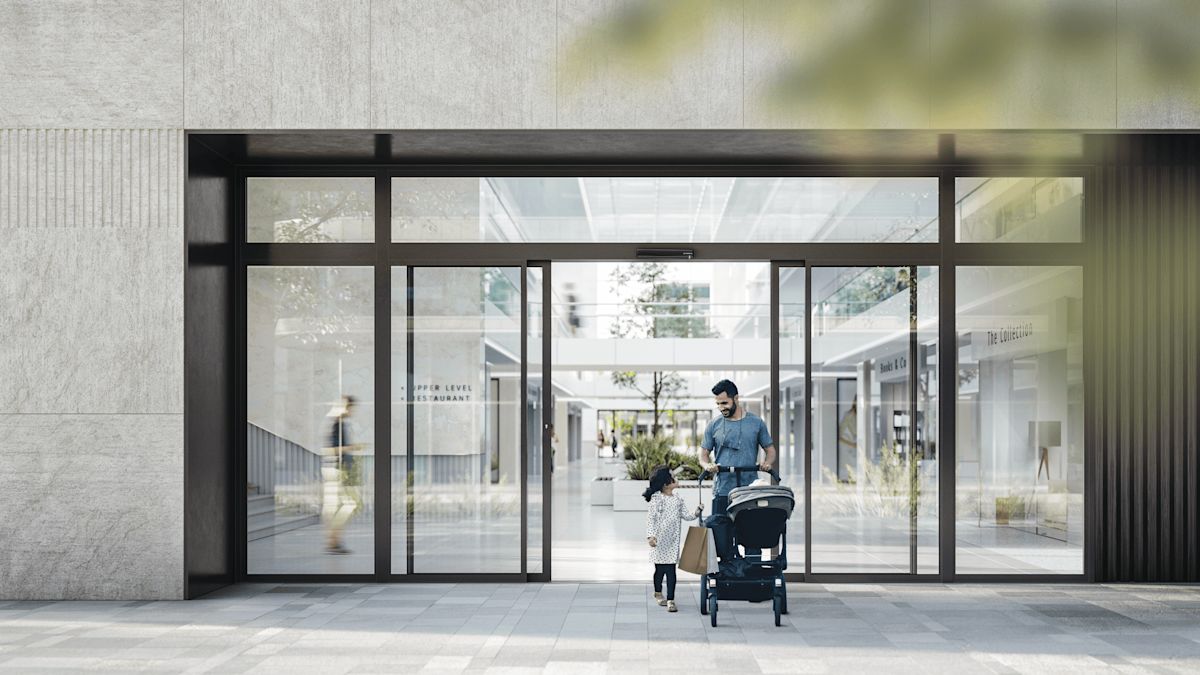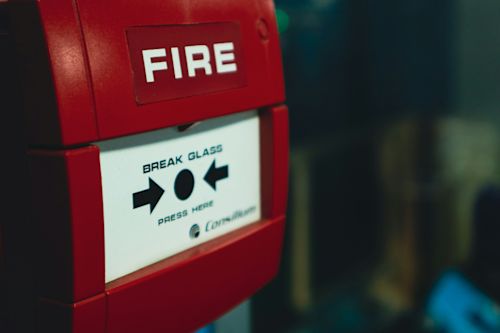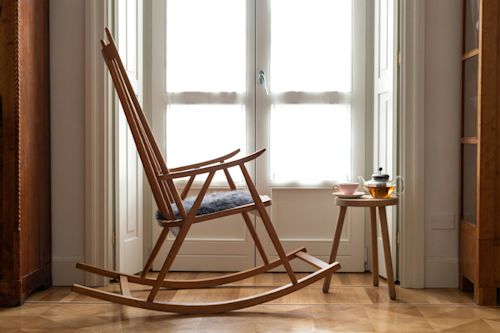
Automatic sliding doors are essential in certain residential buildings or those open to the public. There are several criteria for selecting suitable models. Legislation also imposes certain requirements. We invite you to discover valuable information in this article.
The advantages of the system
Automatic sliding doors are very practical in terms of use. They allow your clients to exit your building more easily. The system is much more welcoming for people with reduced mobility, the elderly, and children. This automatic operation makes it easier to enter and exit buildings, shopping centers, or any other type of residence. It also helps regulate the flow of people. Automatic sliding doors offeroptimal opening. There is no swing space, unlike traditional hinged doors, which usually encroach on the usable area of the room and sometimes limit passage.
The different types of automatic sliding doors
There are several types of automatic sliding doors:
Thesurface-mounted automatic sliding door: it remains visible as it slides along the wall against which it is stored. Generally, there is no need for major installation work. There are different types of doors made from various materials with finishes in a range of colors.
Therecessed automatic sliding dooris embedded in the wall when it opens. The main advantage is space-saving, but also aesthetics. It usually requires significant work, especially with the installation of a new partition.
Controlled opening for fewer bacteria
Another undeniable advantage: thesanitary aspect. An automatic sliding door does not require manual action to be opened. Thus, clients or users do not use their hands to open and close the doors when entering and exiting a building. In this way, the transmission of viruses and bacteria by contact is reduced.
Which materials to choose?
Automatic sliding doors can be made from different materials. The choice of material will depend on the intended use and your budget.
PVC
There are various materials to choose from for your sliding doors. The first of these isPVC. It offers very good resistance over time. It is naturally rot-proof and provides excellent thermal and acoustic insulation. It is therefore the ideal material for buildings located on busy roads. Also, prefer PVC if your premises are located in a humid geographical area.
Wood
You can opt formodels made from wood. This material has very good insulating properties. You will have a choice of several refined finishes such as varnished, oiled, or waxed. Wood requires regular maintenance depending on the type of finish chosen. This can vary from 2 to 10 years depending on the quality selected.
Aluminum
One of the best solutions on the market isaluminum. It is a durable and strong material. It does not rust and requires no special maintenance. Several shades are available. Aluminum has very good conductivity, which makes it a rather average thermal insulator. To avoid heat loss, your automatic sliding door should be chosen with a "thermal break" feature.
For optimal security, choosesteel. It is very resistant to break-ins but requires regular treatment against corrosion. Otherwise, your installation may rust.
Choosing a secure system
One of the key points in selecting your automatic sliding doors is security. To maximize the safety of opening and closing your doors, do not hesitate to choose anautomatic obstacle detectionoption for everyone's comfort and safety. It is also important to ensure the installation of an emergency unlocking device that allows the door to be opened manually at any time. Finally, to make break-ins more difficult, you should invest in a reliable and robust locking system. The same goes forthe quality of the glassthat makes up the glazed surfaces of your doors. It must be strong enough not to be easily broken in the event of a violent impact.
Be careful, it is also recommended not to neglect the security of access to your premises. Discover our article on the subject.
Accessibility for people with reduced mobility
There arestandards for the accessibility of people with reduced mobility(PRM) in establishments open to the public. It is therefore essential to select a suitable door. The legislation detailing these standards is the law of February 11, 2005, supplemented by two decrees from 2006. It applies to workplaces, public buildings, and residences. These standards apply to all new constructions as well as any building undergoing renovation, modification, or extension.
It is therefore important to respect certain criteria such as the minimum width of the door. This varies depending on the type of building and access. It is important to refer to the legislation if you wish to install automatic sliding doors at the entrance of your building to ensure the width is correct. In the case of installation in a residential building lobby, the legislation is not the same.
For safety reasons, manual control devices must also meet legal requirements. Their height must be between 0.90 m and 1.30 m. These devices should be accessible and, above all, usable both standing and sitting, by a person with reduced mobility.
Naturally, if the automatic sliding doors open using an electric opening system, the unlocking must be indicated by an audible and visual system. Unless the automatic door system does not require any action from users.
How to choose your automated opening system?
To choose your automatic sliding doors well, it is essential to take into account various criteria such as the installation locations and their use. Several material choices are available, but to avoid unpleasant surprises, it is recommended to seek advice and more details from experts. Furthermore, access to premises, both professional and residential, is part of the high energy performance strategy of the buildings of the future.



